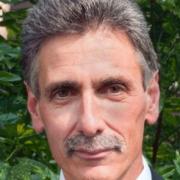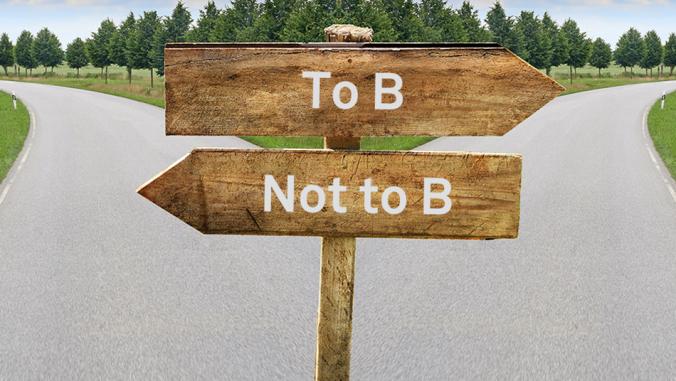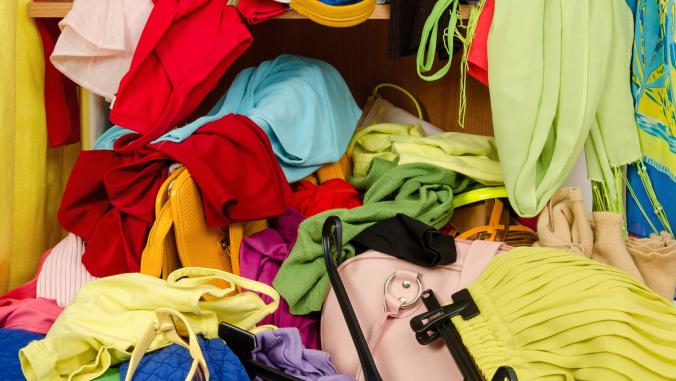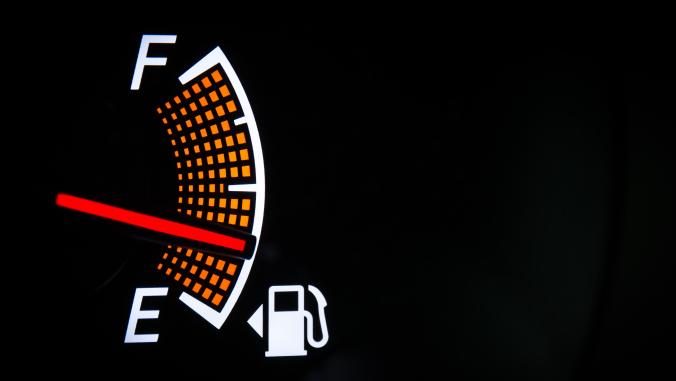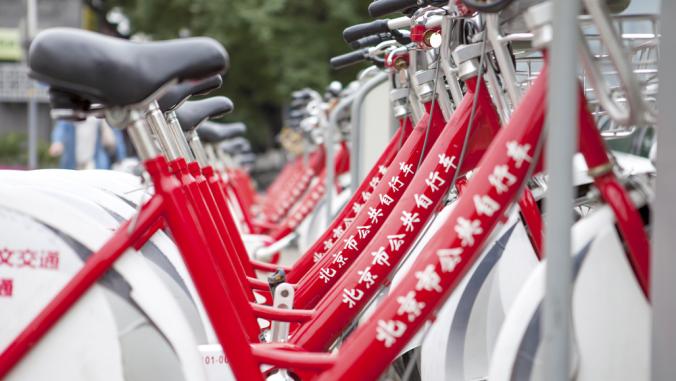Abu Dhabi's Amazing Clean Energy Bet
<p>Reporting live from the World Future Energy Summit in Abu Dhabi, Marc Gunther looks at the reasons behind the emirate's push for clean energy and sustainable growth, and what Masdar City offers for the future of the planet.</p>

Strange, isn't it, that the biggest, most ambitious, most expensive clean energy project in the world, a zero-carbon, zero-waste new city called Masdar City, is going up in the oil-rich Abu Dhabi? Then again, maybe it's not so strange.
There are good reasons why the royal family that runs Abu Dhabi, the largest of the seven emirates that make up the United Arab Emirates, and home to an estimated 9.2% (!) of the world's proven oil reserves, is so committed to solar energy, zero waste, super-efficient buildings, sustainable materials, personalized electric transport and other clean tech innovations:
1. They know that energy is the biggest business in the world.
2. They know oil supplies are limited.
3. They understand the threat of climate change.
4. They have more money than they can spend.
5. And they run the country without opposition, so if they want to get something bold and risky done, like building a new city for 50,000 people, they get it done. There are no NIMBY (not-in-my-backyard) problems at Masdar, although that's also because there are no backyards anywhere near Masdar. It's being built in a desert, outside the city of Abu Dhabi.
I've been reading and writing about Masdar for a year or so, and today I finally had a chance to see it. This week, I'm visiting Abu Dhabi for the World Future Energy Summit, a meeting of about 3,000 people to discuss clean energy. The conference is attracting business people and political leaders from around the world. (Speakers include Tony Blair, Lord Nicholas Stern, Nobel prize winner Dr. Rajendra Pachauri and Susan Hockfield, the president of MIT.) Disclosure: The Masdar Initiative, the parent company of Masdar City, paid my expenses to attend.
Today, Masdar took about 50 reporters on a tour of Masdar City, which is still in its early stages. Currently under construction are a headquarters building, and a couple of buildings that will be part of the Masdar Institute, a research-oriented graduate school being developed in cooperation with MIT. The institute is expected to open later this year, with about 250 faculty and staff and about 150 students. Because Masdar wants to attract top students from around the world, those admitted will get free tuition. There's lots more about the city at the Masdar website.
The most impressive thing we saw today was a solar energy power plant, consisting of an array of solar photovoltaic panels, spread across a 55-acre site. When construction is completed in March, the solar facility will have 87,777 panels and be able to generate 10 megawatts of electricity—making it the largest solar power plant in the Middle East and North Africa. That's still not very big. By comparison, a typical coal plant can generate about 700 megawatts.
The solar plant is being designed and built by an Abu Dhabi-based startup called Enviromena Power Systems, whose CEO, Sami Khoreibi, told me that he started the company explicitly to take advantage of opportunities being created by Masdar. "We hope to use this project as a launching pad," Khoreibi said, noting that the abundant sunshine in the Middle East make it a perfect site for solar power. The 10Mw plant cost about 185 million dirhams, the local currency, or about $50 million dollars.
Interestingly, Masdar has been conducting field tests since 2007 of solar photovoltaic panels—33 systems from 15 countries. The purpose is to measure their performance against cost under challenging, real-world conditions. (Summers here feature sweltering heat.) "We're testing and constantly analyzing the data, and using it for our procurement process," said Dr. Samir Tabu Zaid, a Masdar executive who responsible for solar. Here he is, snapped with my iPhone:
 |
The test results won't be made public, Zaid said, because some companies that supplied panels did not want to be measured against their peers. He wouldn't even say which companies were competing, although he said they come from the U.S. China, Japan, Taiwan, Spanish and Germany, among other places.
But we know that two companies did very well because their panels were chosen for the first 10MW solar plant. One is Suntech, the big Chinese company that makes conventional silicon crystalline solar panels, and the other is First Solar, a U.S. manufacturer that makes thin film solar in, among other places, Toledo, Ohio. The Walton family of Wal-Mart fame were among the early investors in First Solar. Each is supplying 5 MW of solar. Eventually, solar photovoltaic power is expected to deliver about 80% of the electricity to Masdar. The city will need 200 to 250 MW.
First Solar isn't the only U.S. company that wants to profit from Masdar. Applied Materials, of Santa Clara, CA, is supplying machinery for a solar PV manufacturing plant that Masdar is building in Germany. CH2MHill, the Colorado-based U.S. construction and engineering firm, is project manager for Masdar City. CH2MHill's CEO, Ralph Peterson, is speaking here. (He's also agreed to speak at FORTUNE's Brainstorm Green conference.)
A big question: Will the Masdar Initiative make money, and, if so, how? If the city is a success, it will attract businesses and other tenants, but the upfront costs – an estimated $22 billion – don't justify Masdar purely as a real estate development. Longer term, the hope of Abu Dhabi and Masdar is to invent, develop and export clean technology. As Khaled Awad, director of property development at Masdar, put it today: "This city is supposed to be a destination for innovation." Query why this can't be happening in Silicon Valley or Washington, D.C., but in a flat world, we'll all benefit from the work unfolding here.
Abu Dhabi photo CC-licensed by Flickr user octal.
